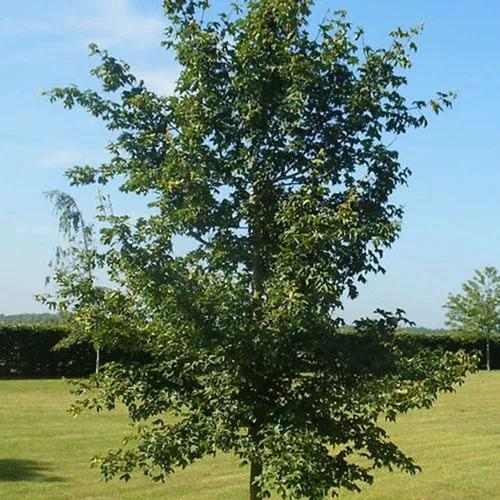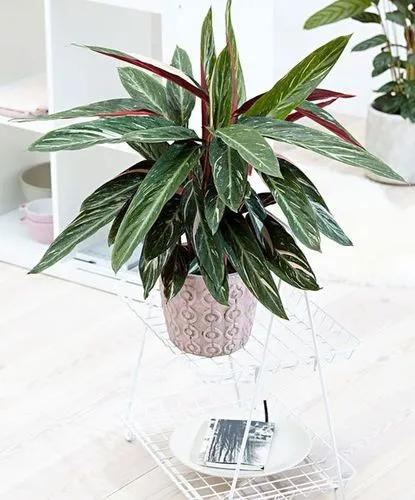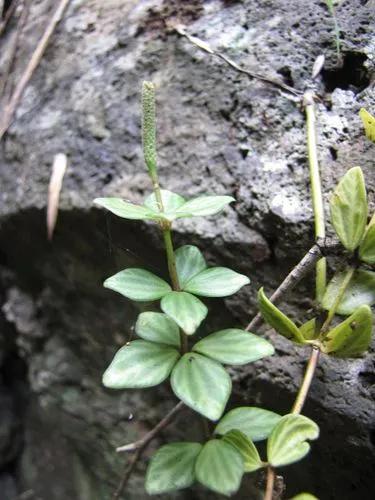Brazilian peppertree is a sprawling shrub or small tree, with a shallow root system, reaching a height of 7–10 m. The branches can be upright, reclining, or nearly vine-like, all on the same plant. Its plastic morphology allows it to thrive in all kinds of ecosystems: from dunes to swamps, where it grows as a semi-aquatic plant. The leaves are alternate, 10–22 cm long, pinnately compound with (3–) 5–15 leaflets; the leaflets are roughly oval (lanceolate to elliptical), 3–6 cm long and 2–3.5 cm broad, and have finely toothed margins, an acute to rounded apex and yellowish veins. The leaf rachis between the leaflets is usually (but not invariably) slightly winged. The plant is dioecious, with small white flowers borne profusely in axillary clusters. The fruit is a drupe 4–5 mm diameter, carried in dense clusters of hundreds.
Schinus Terebinthifolia Care
Schinus Terebinthifolia
Other names: Aroeira, Rose Pepper, Broadleaved Pepper Tree, Wilelaiki (or Wililaiki), Christmasberry Tree, Florida Holly



What is the plant
How to Care for the Plant

Water

Water moderately throughout the year waiting for the soil to dry out. They are easy to grow trees and resistant to drought.

Pruning

They do not need pruning or fertilizers.

Fertilizer

They do not need pruning or fertilizers.
Ease your plant care routine with PlantIn's personalized system.

Sunlight

Schinus molle needs full sun or semi-shade exposure.

Soil

The soil can be a normal garden soil; they are not picky about the type of soil. Planting is done in autumn or winter.

Temperature

They do not resist frost.
Ease your plant care routine with PlantIn's personalized system.

Popularity

952 people already have this plant 154 people have added this plant to their wishlists
What's wrong with your plant?
Related Plants
Discover more plants with the list below
Popular articles






